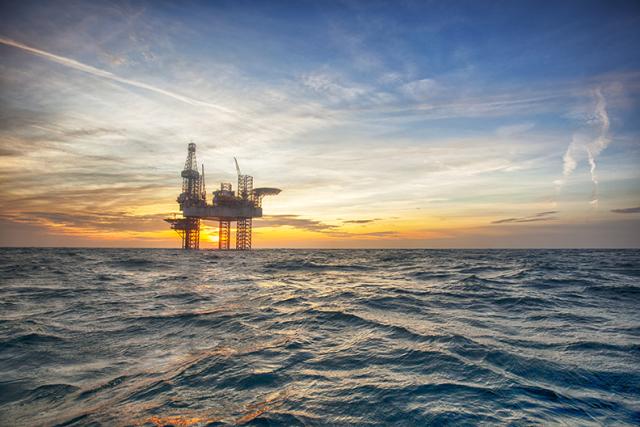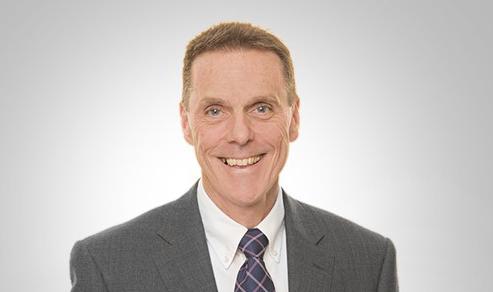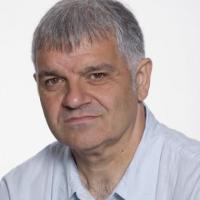
In this Q&A, Malcolm Banks, well construction solution centre manager for the Oil & Gas Technology Centre in Aberdeen, Scotland, discusses work being done on well intervention technology that he says could pave the way for wider adoption. He says the technology has the potential to change the way wells are managed. The benefits include improved productivity that could over time save the industry millions of dollars.
How does the sector need to change its well management strategy?
Malcolm Banks: When you look across the industry, something like 400 wells had to shut in at some point last year. That's usually for two reasons, well integrity or well management. To overcome these problems requires some form of intervention. The challenge there is cost and [for offshore wells] the ability to get the people onto a platform when the bed space is already full.
What is the current state of available technology?
MB: It’s about technology capability needed to address some of the challenges that we face with well management and well integrity issues. We're trying to focus on the technology aspect and industry will have to address some of the other issues.
Well intervention now is dominated by the need to bring in a wireline or a slickline crew and go digging into the well. Some of those technology tools and techniques require a crew of ten to 12 men in a platform, which means that they're very expensive. They haven't changed the way they are being undertaken for about 30 or 40 years. What we're trying to do is look at new ways of developing and delivering the level of intervention that will reduce cost with new methods of working.

Where are you targeting your efforts?
MB: We're looking now at two things. One is trying to get tools that are controllable from the surface. One of our projects, Tendeka’s PulseEight system, allows the control of a downhole valve by descending pressure pulses from the surface, so you don't need to go in with wireline or slickline for the intervention, it can be carried out from the surface.
In another project, we’re supporting Raptor Oil to transform the transmission of downhole drilling data to the surface. The company’s acoustic telemetry technology could increase the speed and capacity of data communication helping to drive efficiency, reduce costs and enable better decision-making.
A third one is supporting WellSense to develop and deploy a distributed acoustic and temperature log (DAS/DTS) using the company’s FibreLine Intervention (FLI). This system provides a low-cost option to deploy fiber-optic cable into a wellbore to capture distributed temperature and acoustic readings, as well as single point pressure and temperature from the body of the tool.
So where do we want to get to as an industry in the future?
MB: When you look at where we want to go to in the future from our perspective as a technology organization, our focus is very much on how do we get a lot more functionality in these remote operational tools? Or how do we construct wells in the first place that are more intelligent and are able to respond themselves to data and pressure changes that come forward as their life continues?
The ideal utopia would be if you install programmable devices down the well when you build a well, and as the well is in production you've got a lot of real-time data management at the surface. You can analyze that, and then when you see something occurring that you need to respond to, you can do that remotely from the surface just by triggering one of these pre-installed tools. That sort of closed loops-controlled type system that would be the new well management regime.
How do you identify the technology gaps or requirements?
MB: What we want to do is make sure that what we put forward technology that is pulled from industry. We work very closely with organizations that are partnering with us as well as the industry in a broader sense. What we tend to do is, we create or facilitate workshops where we bring that industry grouping together. We get them to define and prioritize the key challenges in areas and then we go out and put an open call to the innovation community to try and bring in ideas that we're going to evaluate and look to turn into projects.
What is the desired outcome of your work?
MB: We want to try and ensure that wells are kept online and we're able to produce 100% of the time. We want no failures due to some well integrity issues and we want the ability to manage wells such that any pressure and fluid challenges can be addressed, and the wells will be kept in production. To do that, we need high-quality data to make predictive decisions to enable us to manage wells, and then, we need either pre-installed or remote intervention mechanisms that would allow us to address any particular issues.
Recommended Reading
Santos’ Pikka Phase 1 in Alaska to Deliver First Oil by 2026
2024-04-18 - Australia's Santos expects first oil to flow from the 80,000 bbl/d Pikka Phase 1 project in Alaska by 2026, diversifying Santos' portfolio and reducing geographic concentration risk.
Iraq to Seek Bids for Oil, Gas Contracts April 27
2024-04-18 - Iraq will auction 30 new oil and gas projects in two licensing rounds distributed across the country.
Vår Energi Hits Oil with Ringhorne North
2024-04-17 - Vår Energi’s North Sea discovery de-risks drilling prospects in the area and could be tied back to Balder area infrastructure.
Tethys Oil Releases March Production Results
2024-04-17 - Tethys Oil said the official selling price of its Oman Export Blend oil was $78.75/bbl.
Exxon Mobil Guyana Awards Two Contracts for its Whiptail Project
2024-04-16 - Exxon Mobil Guyana awarded Strohm and TechnipFMC with contracts for its Whiptail Project located offshore in Guyana’s Stabroek Block.





